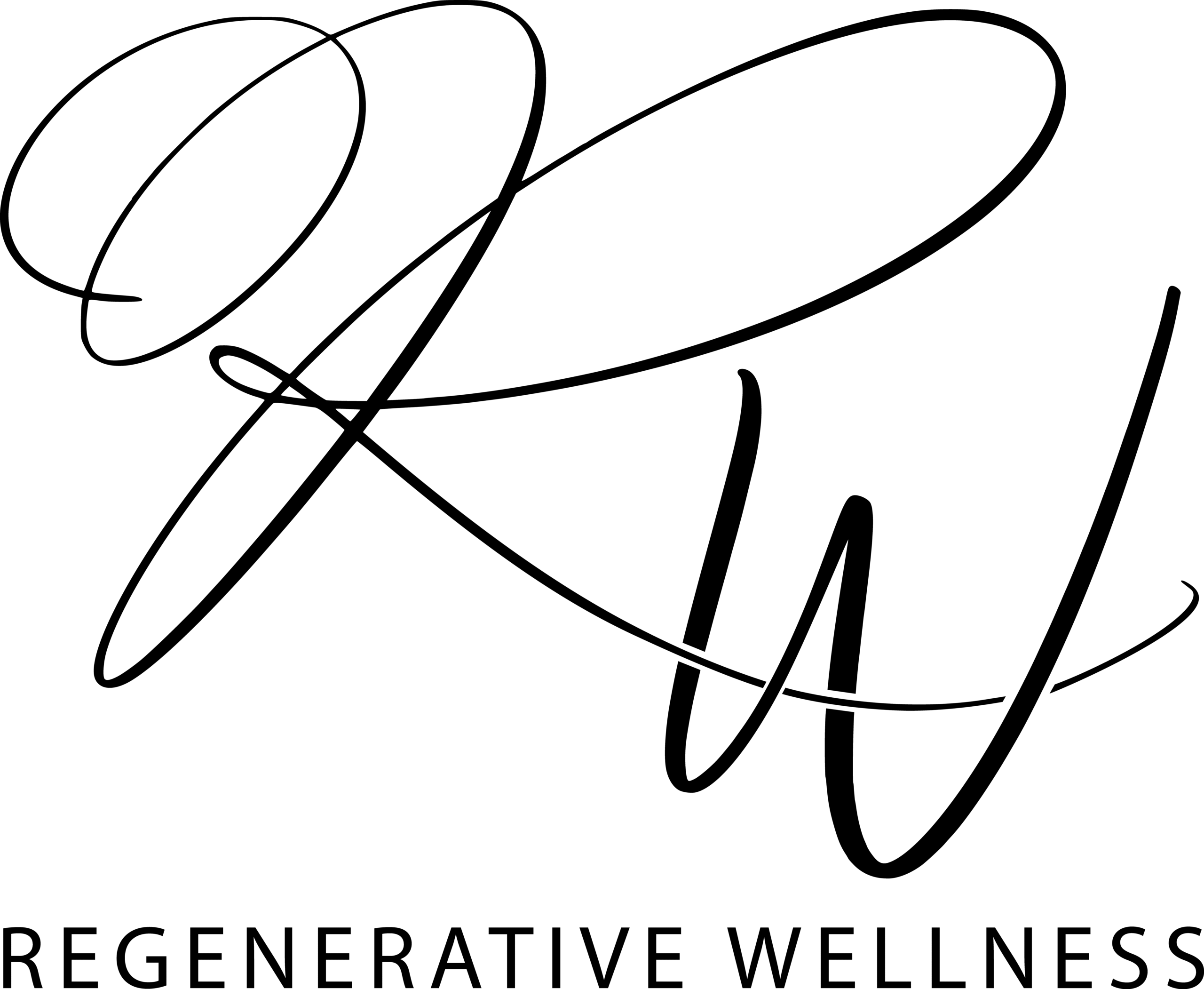Kaolin Clay
What Is It?
Kaolin clay is a gentle, natural mineral clay composed primarily of kaolinite. It is widely used in skincare for its absorbent, purifying, and soothing properties. Ideal for sensitive skin, kaolin clay helps to detoxify the skin, control excess oil, and gently exfoliate without causing irritation. It is a key ingredient in facial masks, cleansers, and dry shampoos.
INCI (International Nomenclature of Cosmetic Ingredients)
Kaolin
Proper Storage & Shelf Life
Store in a cool, dry place, away from moisture and direct sunlight. Keep in an airtight container to prevent contamination. Indefinite when stored properly, as it is a mineral and does not expire.
Refined Or Unrefined
Refined Kaolin Clay is purified to remove impurities, resulting in a smoother texture and a bright white colour. This type is commonly used in cosmetics, skincare, and pharmaceutical products.
Unrefined Kaolin Clay is more natural, containing trace minerals and slight colour variations (white, pink, yellow, or grey). It is often used in DIY skincare, soap-making, and pottery.
Is It Necessary?
Not essential, but highly beneficial for detoxifying, oil control, and gentle exfoliation. Perfect for face masks, dry shampoos, and cleansing recipes.
Texture & Consistency
Soft, fine powder with a silky texture. Easily blends into many recipes.
Natural Scent Profile
Odourless or has a very faint earthy scent.
Solubility & Compatibility
Insoluble in water but forms a smooth paste when mixed with liquids.
Compatible with oils, hydrosols, and botanical extracts.
Works well in masks, powders, scrubs, and dry recipes.
Benefits in Your Skincare
Absorbs excess oil without over-drying
Detoxifies and unclogs pores
Soothes irritation and reduces redness
Gently exfoliates for smoother skin
Improves skin elasticity and circulation
PH
Kaolin clay has a pH range of approximately 4.0 to 5.0, making it slightly acidic. However, depending on its mineral composition and source, the pH can sometimes vary up to 6.0.
Absorbency Rate
Kaolin clay has a moderate oil and water absorbency compared to other clays. It is less absorbent than bentonite clay but still effective at drawing out excess oil and impurities. Its absorbency rate depends on the particle size and composition, but it generally absorbs about 65-75% of its weight in water.
Recommended Usage Rate
50g–200g
Appearance
White Kaolin: Soft, off-white powder
Pink, Yellow, and Red Kaolin: Different hues depending on mineral content
Strengths
✅ Very gentle – suitable for all skin types, including sensitive skin
✅ Naturally detoxifying and purifying
✅ Balances oil production without stripping moisture
✅ Non-comedogenic – won’t clog pores
✅ Long shelf life and easy to use in your DIY skincare
Weaknesses
❌ Less absorbent than other clays like bentonite or green clay
❌ Does not provide deep pore cleansing for very oily skin
❌ Can be drying if overused in sensitive skin recipes
❌ Requires mixing with liquids before use
Alternative Ingredients/ Substitutions
Bentonite Clay: Stronger absorption, ideal for acne-prone skin.
Rhassoul Clay: Good for oil control and gentle exfoliation.
French Green Clay: Best for deep cleansing and detoxifying.
Best Practices
Mix with aloe vera juice, or herbal infusions instead of plain water for added skin benefits.
Blend with other clays to adjust absorbency levels for different skin types.
Add to face masks, scrubs, or powder-based DIYs for a purifying effect.
Store in a dry, airtight container to prevent contamination.
Tips & Tricks
For oily skin: Mix with apple cider vinegar or witch hazel for a deep-cleansing mask.
For dry/sensitive skin: Blend with honey or yogurt to add hydration.
For scalp detox: Use as a dry shampoo or mix into a hair mask.
For gentle exfoliation: Combine with ground oats or rice flour.
Recommended starter amount
50g–200g
